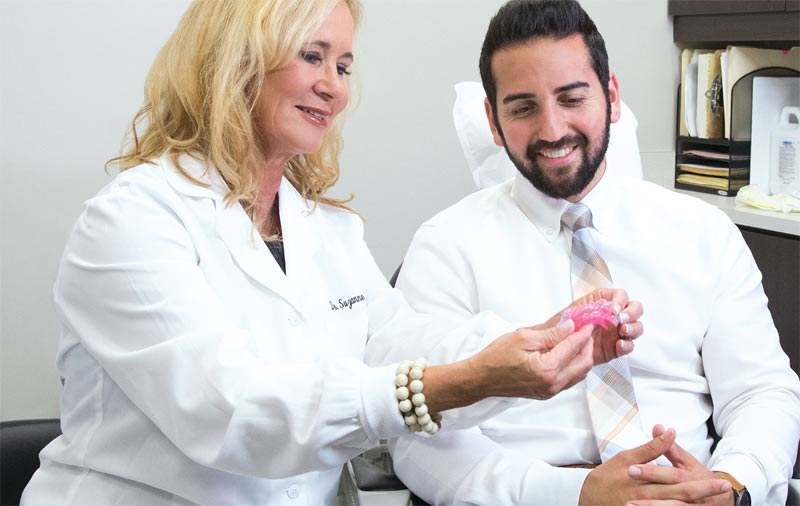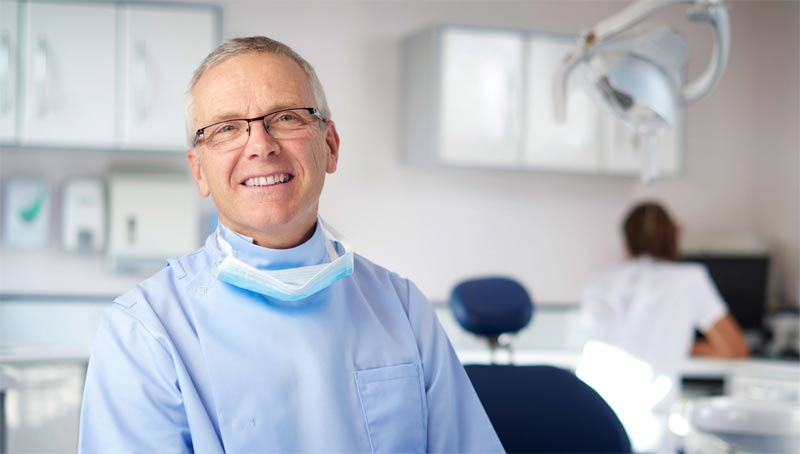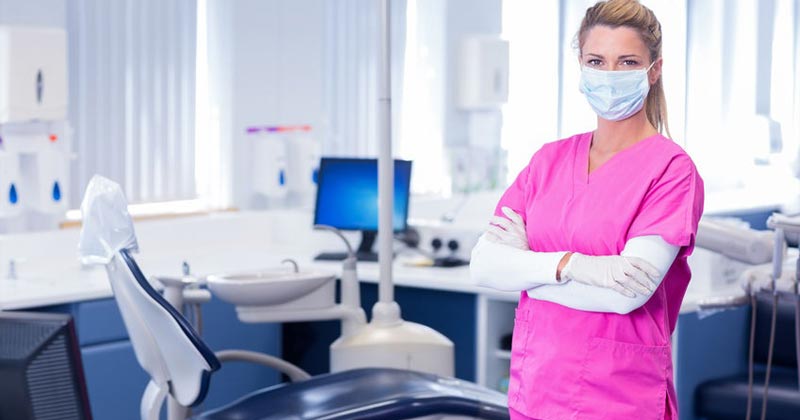Our new dental socio-economics
& other key factors that impact your practiceWe need new tools and new strategies in our post-recession economy
In the aftermath of the Crash of 2008 socio-economic research in the North American dental profession showed that 85% of GP practices experienced a significant drop in revenue while expenses continued to soar. In 2009 in Arizona alone, over 250 GP practices went bankrupt.
Bankruptcies from COVID-19 are already dramatically higher than what happened in the Crash of 2008 and the economic indicators dictate that things will become much worse before they get better.
In every economic downturn there is a two-edged sword that leads to financial devastation. Lower revenue along with higher expenses leads to decimated profit margins. In the aftermath of the Crash of 2008, the data shows that general practice revenue streams took up to 7 years to recover to the levels that dentists enjoyed prior to the Crash. That’s SEVEN YEARS of economic depressionary pressure, yet economists are saying the time for economic rebounding will be longer from COVID-19.
So we must take preventative steps.’
We must make changes.
And we have to train our staff members (and ourselves!) how to have a change of mindset to that we EMBRACE the need to change. The psychology behind the resistance to change is very well documented. People don’t like change because change is challenging. One of the nation’s foremost experts on dysfunctional thinking for business leaders was Dr. Galen Larsen, a UCLA professor and past CEO of Alpha Counselling, the largest private counselling organization in America. Dr. Larsen’s private practice clientele were all business leaders. He observed that the business leaders who came to him in the worst condition, were those who knew that had to change, but didn’t learn how to change, so never did change, until their lives spiralled out of control.
For these patients, he came to the conclusion that change only occurred in the presence of pain. In other words, those who suffered the most were those who would wait and wait and wait (he called it paralysis by analysis) until conditions were so bad and so painful, they had no choice but to seek help.
The question for all of us who are facing unprecedented changes in our socio-economic landscape, is “how much pain” do we want to experience before we change our paradigms and mindsets to EMBRACE we have to make change, because with COVID-19 nothing is the same?
Clearly, we need to make changes if we don’t want to continue to suffer from the COVID-19 economic collapse like dentistry did from the Crash of 2008.
The socio-economic studies are clear. The more we choose to wait, the more we choose to experience pain.
The only way we can maintain our revenues (without cutting staff hours which only cuts our customer service) is by learning how to retool our existing protocols in serving our existing customer base. The “answers” we are looking for involve strategies for increasing efficiencies with our existing resources, so we can adapt to recessionary economic pressures. While it may seem reasonable to ask “How can we increase our dwindling productivity?” what you will find out in this training is that this is the wrong question to ask in a recessionary climate.
Remember that ignorance is simply the state of being unaware? It’s like being blind to the factors that influence our businesses and private practices.
And remember further, that ignorance is not “bliss” it is expensive!
This training is akin to “opening the eyes of the blind” in that it will reveal to you the things you’ve never learned, never heard, never dreamed of, but must be aware of. It will be like shining a light into the darkness of the business void of our dental school training.
It’s time to learn new strategies. We need a dental M-B-A. It’s time to learn how to Recession Proof Your Practice.
We need new tools and new strategies in our post-recession economy
In the aftermath of the Crash of 2008 socio-economic research in the North American dental profession showed that 85% of GP practices experienced a significant drop in revenue while expenses continued to soar. In 2009 in Arizona alone, over 250 GP practices went bankrupt.
Bankruptcies from COVID-19 are already dramatically higher than what happened in the Crash of 2008 and the economic indicators dictate that things will become much worse before they get better.
In every economic downturn there is a two-edged sword that leads to financial devastation. Lower revenue along with higher expenses leads to decimated profit margins. In the aftermath of the Crash of 2008, the data shows that general practice revenue streams took up to 7 years to recover to the levels that dentists enjoyed prior to the Crash. That’s SEVEN YEARS of economic depressionary pressure, yet economists are saying the time for economic rebounding will be longer from COVID-19.
So we must take preventative steps.’
We must make changes.
And we have to train our staff members (and ourselves!) how to have a change of mindset to that we EMBRACE the need to change. The psychology behind the resistance to change is very well documented. People don’t like change because change is challenging. One of the nation’s foremost experts on dysfunctional thinking for business leaders was Dr. Galen Larsen, a UCLA professor and past CEO of Alpha Counselling, the largest private counselling organization in America. Dr. Larsen’s private practice clientele were all business leaders. He observed that the business leaders who came to him in the worst condition, were those who knew that had to change, but didn’t learn how to change, so never did change, until their lives spiralled out of control.
For these patients, he came to the conclusion that change only occurred in the presence of pain. In other words, those who suffered the most were those who would wait and wait and wait (he called it paralysis by analysis) until conditions were so bad and so painful, they had no choice but to seek help.
The question for all of us who are facing unprecedented changes in our socio-economic landscape, is “how much pain” do we want to experience before we change our paradigms and mindsets to EMBRACE we have to make change, because with COVID-19 nothing is the same?
Clearly, we need to make changes if we don’t want to continue to suffer from the COVID-19 economic collapse like dentistry did from the Crash of 2008.
The socio-economic studies are clear. The more we choose to wait, the more we choose to experience pain.
The only way we can maintain our revenues (without cutting staff hours which only cuts our customer service) is by learning how to retool our existing protocols in serving our existing customer base. The “answers” we are looking for involve strategies for increasing efficiencies with our existing resources, so we can adapt to recessionary economic pressures. While it may seem reasonable to ask “How can we increase our dwindling productivity?” what you will find out in this training is that this is the wrong question to ask in a recessionary climate.
Remember that ignorance is simply the state of being unaware? It’s like being blind to the factors that influence our businesses and private practices.
And remember further, that ignorance is not “bliss” it is expensive!
This training is akin to “opening the eyes of the blind” in that it will reveal to you the things you’ve never learned, never heard, never dreamed of, but must be aware of. It will be like shining a light into the darkness of the business void of our dental school training.
It’s time to learn new strategies. We need a dental M-B-A. It’s time to learn how to Recession Proof Your Practice.




